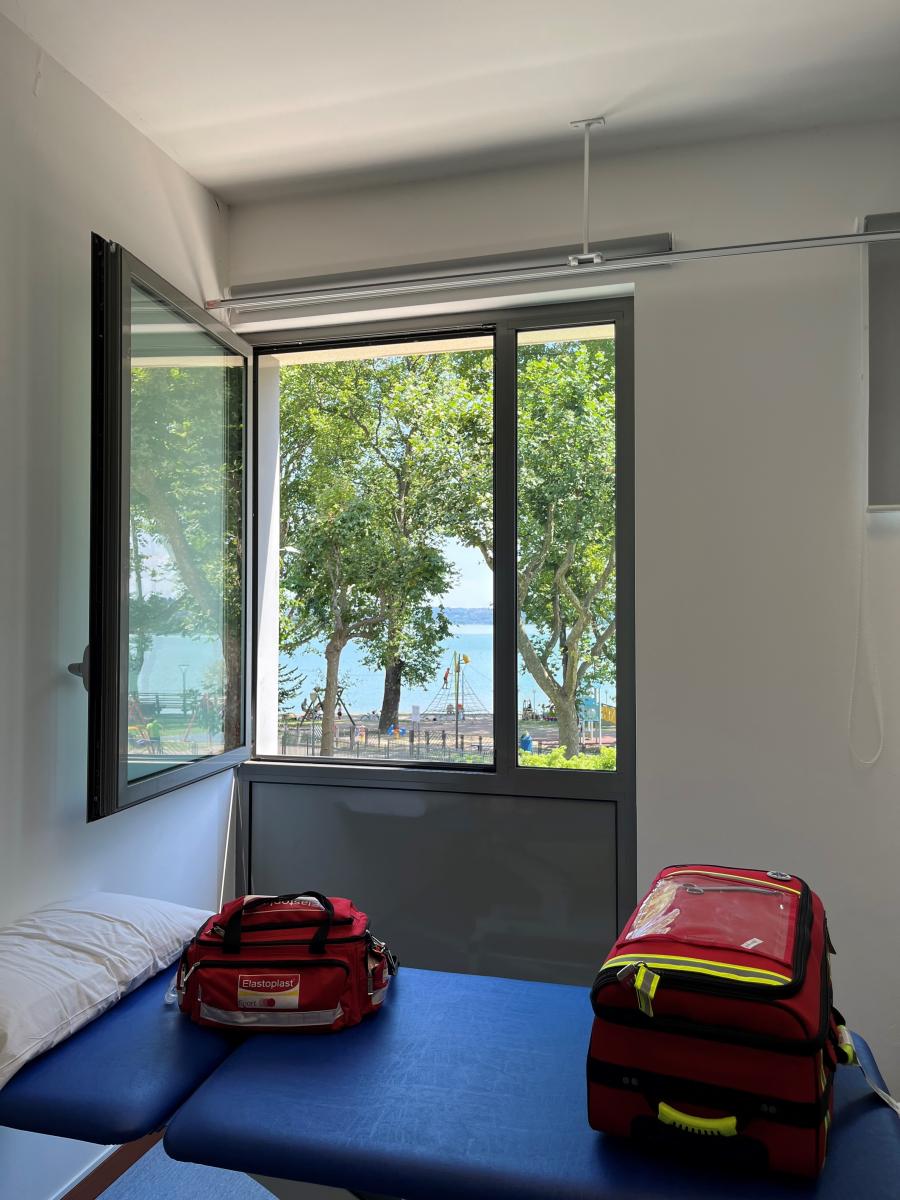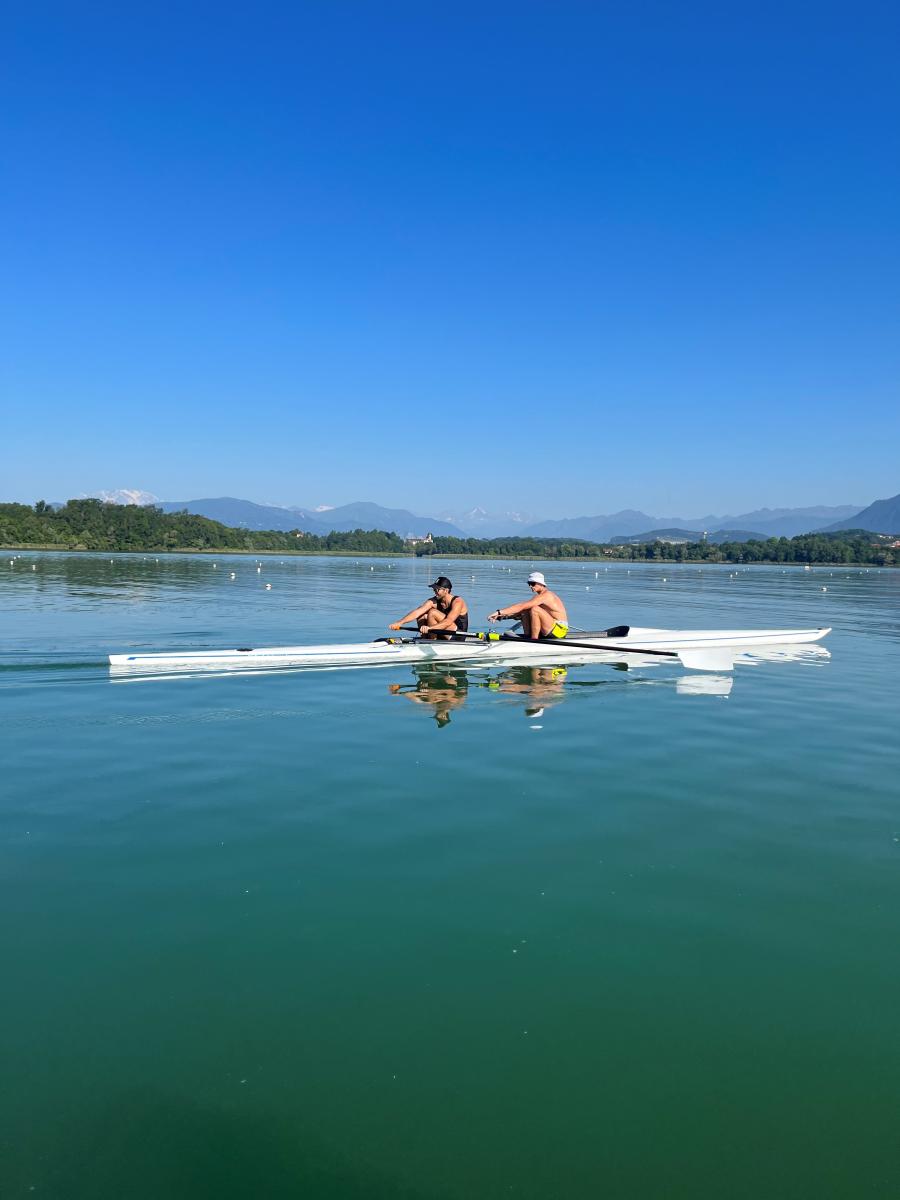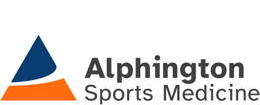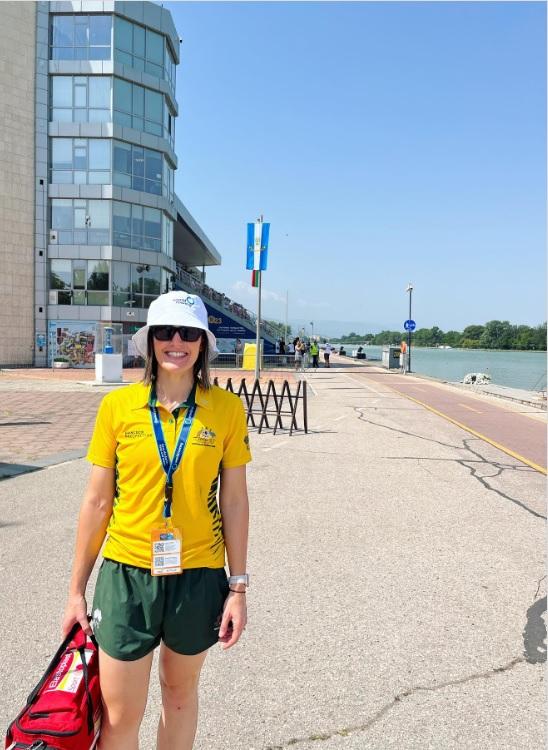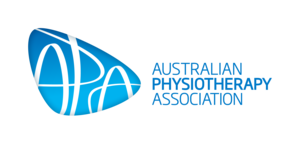Sport & Exercise Medicine Registrar Dr Carlee Van Dyk has just returned from Bulgaria, where she was working at the U23 World Rowing Championships.
We asked her to tell us a bit about the experience . . . .
When and how did you become involved with the Rowing & the U23 World Championships?
I have covered the Australian National Rowing Championships for the last two years and developed a good relationship with Rowing Australia and their Chief Medical Officer through this. We spent two weeks in Italy prior to Bulgaria, so when the offer came through, I obviously jumped at the chance!
What did your role on the trip entail / what was the day-to-day like for you there?
Given the amount of training sessions the rowers complete in order to develop their base fitness to allow them to compete at such a maximal intensity, there were usually multiple training sessions per day. We’d start the day early, but once were on the water, the medical team got to sneak away to the gorgeous Italian espresso bar to ‘officially’ start ours. The middle of the day was recovery time for the athletes, so we’d use this time to complete any medical assessments that were required or catch up with the coaches to make training modifications or plans. They’d usually have another session toward the end of the day, so we’d head down to the sheds to see them off, get in some exercise ourselves, and then be available for medical assessment afterwards.
What did you find most enjoyable about the trip?
The athletes were such an amazing group to work with. Not only were they training multiple hours per day, but many of them were also managing to study full time at Uni, and a few were even completing things like medicine or law. They were inquisitive about my work, eager to learn and incredibly dedicated. I was made to feel so welcome, and that is always such a bonus when starting out with a new team.
The other amazing element was the European Training Centre in Gavirate. This is a facility set up and run by the AIS for European based athletes. It is essentially a mini AIS, with everything you could need for performance and recovery onsite. Best of all, my office window had a view out onto Lake Varese.
What do you find the most challenging?
Managing illness and injury in rowers is more challenging than other sports I have worked in, as if you take one person out of the boat, no one can row, and the preparation of the whole crew is affected. This is vastly different to the majority of sports I have worked in previously, and means you have to either have a really good reason for keeping them off water or get really creative with managing the rest of the crew.
What were the facilities like at the Championships?
Plovdiv in Bulgaria has a purpose-built rowing facility. It was set up to host events like this, with access to Ergo’s, ice baths and medical facilities. We were there in the middle of the heat wave, so heat illness prevention was of paramount importance. The World Rowing Doctor was measuring the heat stress index for each race to monitor if conditions were becoming unsafe, with racing being moved on a couple of occasions to reduce risk to both athletes and officials. Rowing Australia also provided an ice bath for our tent which could be used for pre and post cooling around races, and this was an ideal strategy in these conditions, particularly for those racing multiple days in a row.
How did this compare to other competitions / tournaments you’ve been involved in?
I have spent the last five years working in elite netball, so even just an event being held outside and the need to manage heat related illness was vastly different to what I have been used to. The set up was excellent, although had we needed emergency medical care, this may have proven challenging due to some language barriers. That being said, the ETC in Italy had amazing links with the local community, and when I needed assistance to organise scans or blood tests during our pre-departure camp, this ran smoothly due to the long-standing partnership that has developed. The onsite AIS doctor and nurse were wonderful resources to help navigate the local health system. They also knew where to find the best pizza, which was another highlight of the trip!
How does this differ from other sports you are involved in / athletes you have worked with?
Rowing is vastly different to sports I have previously worked in due to the specific mechanics of the rowing action. This predisposes athletes to lower back, as well as wrist injuries that are far less common in team-based court sports. The sheer volume of training can also make athletes vulnerable to overtraining, and so a carefully planned and periodised training program is essential to ensuring their continued success. Encouraging the athletes to focus on the fundamental recovery strategies of adequate sleep and nutrition, as well as hydration given the hot conditions were key parts of my educational role while on tour.
How do you feel this experience will help you in treating your patients at Alphington Sports Medicine?
I now feel confident in the management of rowing injuries, with a depth of understanding of the pathophysiology of injury and returning athletes to row post injury. I am looking forward to continuing work with Rowing Australia into the future to further my development in this space.
For more information about Registrar Dr Carlee Van Dyk go to: https://www.alphingtonsportsmed.com.au/practitioners#dr-carlee-van-dyk

